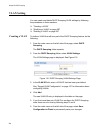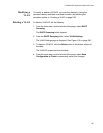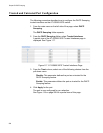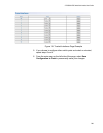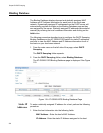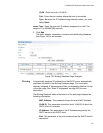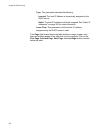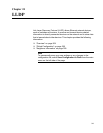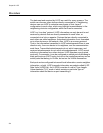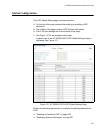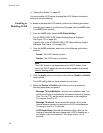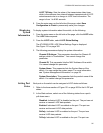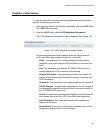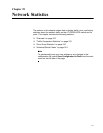
Chapter 24: LLDP
304
Overview
The data sent and received by LLDP are useful for many reasons. The
switch can discover other devices directly connected to it. Neighboring
devices can use LLDP to advertise some parts of their Layer 2
configuration to each other, which may highlight inconsistencies in the
neighboring device’s configuration which can then be corrected.
LLDP is a “one hop” protocol. LLDP information can only be sent to and
received by devices that are directly connected to each other, or
connected via a hub or repeater. Devices that are directly connected to
each other are called neighbors. Advertised information is not forwarded
on to other devices on the network. Also, LLDP is a one-way protocol.
That is, the information transmitted in LLDP advertisements flows in one
direction only, from one device to its neighbors, and the communication
ends there. Transmitted advertisements do not solicit responses, and
received advertisements do not solicit acknowledgements. LLDP cannot
solicit any information from other devices. LLDP operates over physical
ports only. For example, it can be configured on switch ports that belong to
static port trunks or LACP trunks, but not on the trunks themselves, and on
switch ports that belong to VLANs, but not on the VLANs themselves.
Each port can be configured to transmit local information, receive neighbor
information, or both. LLDP transmits information as packets called LLDP
Data Units (LLDPDUs). An LLDPDU consists of a set of Type-Length-
Value elements (TLV), each of which contains a particular type of
information about the device or port transmitting it.



